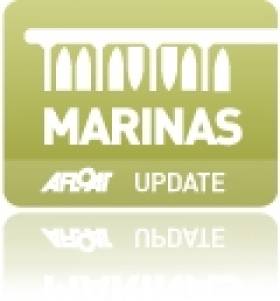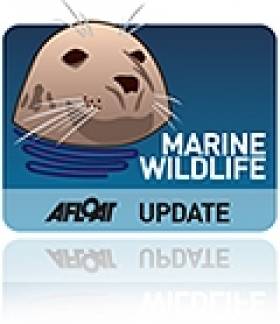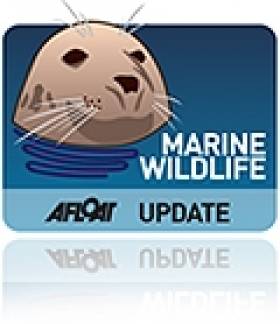Displaying items by tag: Rathlin Island
Rathlin Island Marina. Yacht & Boat Berths in Northern Ireland
Rathlin island marina facilities include a Harbour Master, Marina Facility, Anchorage, Mooring Fee Payable, Fresh Water, Shorepower, Provisions Store, Bar, Restaurant and Slipway.
Rathlin Island is a magnet for sailors, birdwatchers and divers. The island has spectacular cliffs and is renowned for its colonies of puffins, kittiwakes, guillemots and razorbills. The waters around Rathlin have strong tides and are strewn with wrecks, the biggest being the 14000-ton World War I armoured cruiser Drake, torpedoed in 1917. The harbour in Church Bay has pontoon accommodation for ten to twelve yachts. There are a number of small shops, a post office, pubs, restaurant. Ferries to Ballycastle.
Rathlin Island,
Co Antrim, Northern Ireland
Latitude: 55 Degrees 17' 27"
Longitude: -6 Degrees 11' 51"
Rathlin Harbour (Moyle District Council)
Phone 028 2076 8525
E-mail: [email protected]
Website: www.moyle-council.org
Services
Al Mennie's Epic Charity Paddle from Giant's Causeway
#SURFING - Northern Irish surf pro Al Mennie will be taking on a different challenge later this month, when he sets out to paddle a surfboard from the Giant's Causeway to Scotland in the name of charity.
"It will be the northernmost crossing of its type in the world," says Mennie of the 25-mile route from Antrim to the Scottish island of Islay.
"I will have to deal with freezing cold temperatures, large open ocean swell, potentially high winds and the deadly currents around a well known navigational hazard of a North Atlantic island."
Mennie will be on his own except for a support boat carrying food and water. He will be wearing a 6mm wetsuit and crossing the most dangerous stretch of water around the Irish coastline, "known for its extremely deadly currents as the Irish Sea tides drain between Rathlin Island and Northern Ireland".
The NI surfer is embarking on the challenge in aid of Northern Ireland Chest Heart and Stroke, which is a charity close to his own heart.
"My dad died suddenly of a heart attack aged 50 and I know lots of people who have also lost loved ones to heart problems too," he says, "so I really want to help make a difference by raising money for this charity."
For more details or to make a donation, visit the charity page at Al Mennie's website HERE.
Warning Over Oil Drill Threat to Rathlin Island Wildlife
Wildlife on Rathlin Island could be under threat if oil-drilling licences are awarded in the area, the Belfast Telegraph reports.
The north Antrim coast has been earmarked as a site for potential oil exploration in the latest round of British Government licensing, despite the area being designated as both a Special Protection Area and a Special Area of Conservation.
Environmental experts have warned of the devastating effect that oil drilling could have on marine wildlife on Rathlin Island and the nearby coastline.
"We've seen off the coast of Aberdeenshire that no matter how careful the drilling, there is always the risk of a spill," said Claire Ferry of the RSPB.
"In this case the spill happened far away from any vulnerable wildlife colonies, but just imagine the impact if that oil was washing onto a globally important seabird colony."
The Belfast Telegraph has more on the story HERE.
More Whales Spotted in Irish Waters
Killer whales and a humpback whale have been spotted off the coast of Northern Ireland in recent weeks, according to the Irish Whale and Dolphin Group (IWDG).
Irish Weather Online quotes the IWDG's Pádraig Whooley, who said three killer whales - or orcas - had been seen off Rathlin Island in Co Antrim on 10 June. Two more were later spotted between the Down coast and the Isle of Man.
Then on 14 June a humpback whale was sighted off Bangor - only the third time the species has been seen in Northern Irish waters.
"Any sighting today of a humpback whale sends out a very strong conservation message," said Whooley.































































